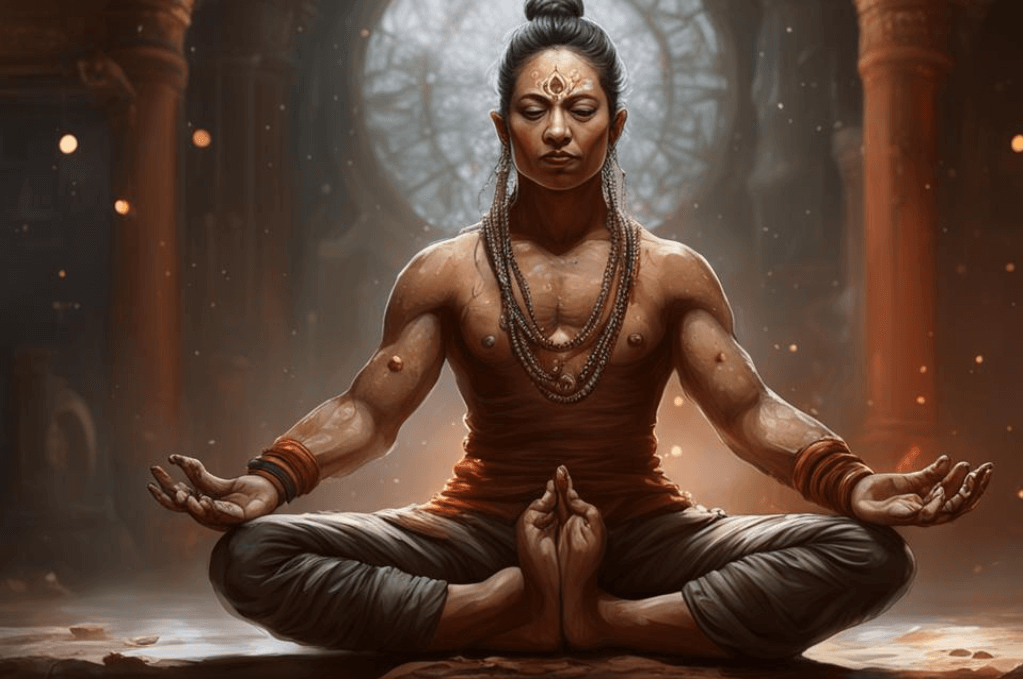Welcome to the ultimate guide to yoga practice! In this comprehensive guide, we will explore Asana Pranayama Mudra Bandha, which is a complete system of yoga. Whether you are a beginner or an experienced practitioner, this guide will provide you with step-by-step instructions and explanations to help you understand and master the different aspects of yoga practice. From Asanas (yoga postures) to Pranayama (breathing techniques), Mudras (hand gestures), and Bandhas (energy locks), we will cover it all. Get ready to embark on a transformative journey of physical and mental well-being through the practice of Asana Pranayama Mudra Bandha.
Contents
I. Understanding Asana
II. Exploring Pranayama
III. Mastering Mudra
IV. Understanding Bandha
V. Combining Asana, Pranayama, Mudra, and Bandha
VI. Conclusion
I. Understanding Asana
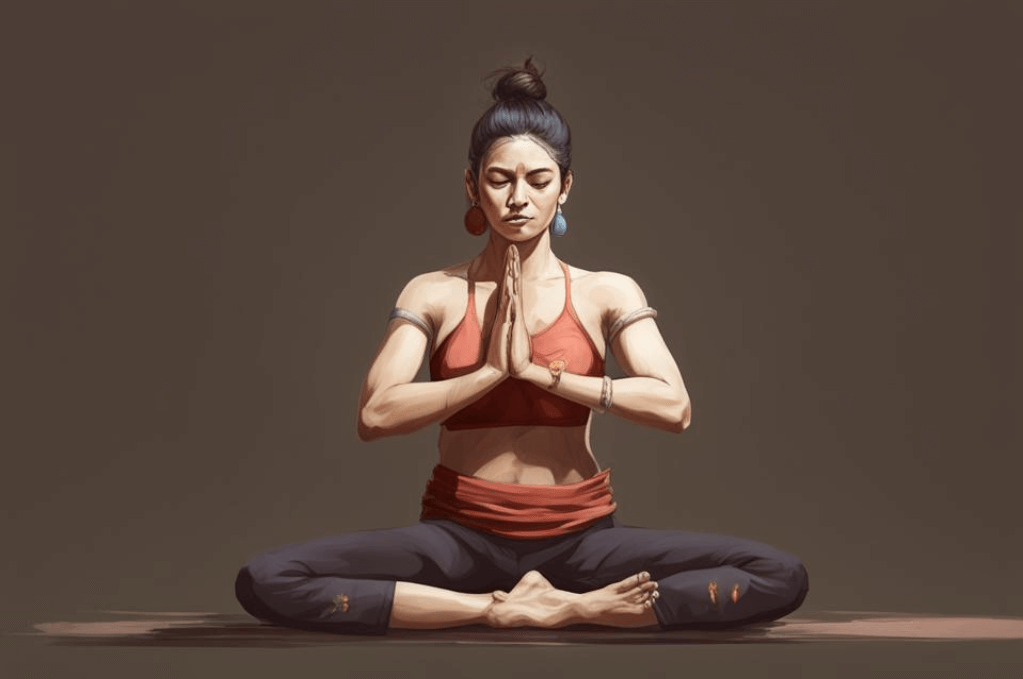
Asana is the physical postures or poses that we practice in yoga. It is an essential part of yoga practice as it helps us to connect our body, mind, and breath. Asanas are not just about stretching or strengthening our muscles, but they also have a deeper impact on our overall well-being.
There are different types of asanas that we can practice, each with its own unique benefits. Some asanas are designed to improve flexibility, while others focus on building strength. Some asanas help to calm the mind and reduce stress, while others energize and invigorate us.
To practice asanas, we need to follow step-by-step instructions. It is important to start with warm-up exercises to prepare our body for the asanas. Then, we can move on to basic asanas if we are beginners or advanced asanas if we have more experience.
Asanas should be practiced with awareness and proper alignment. It is important to listen to our body and not force ourselves into a pose that feels uncomfortable or painful. With regular practice, we can gradually improve our flexibility, strength, and balance.
Asanas not only benefit our physical body but also have a positive impact on our mental and emotional well-being. They help us to become more present and mindful, reducing stress and anxiety. Asanas also help to improve our posture and body awareness, which can have a positive effect on our overall health.
By understanding and practicing asanas, we can experience the transformative power of yoga in our lives. It is a journey of self-discovery and self-care, as we learn to connect with our body, breath, and inner self.
II. Exploring Pranayama
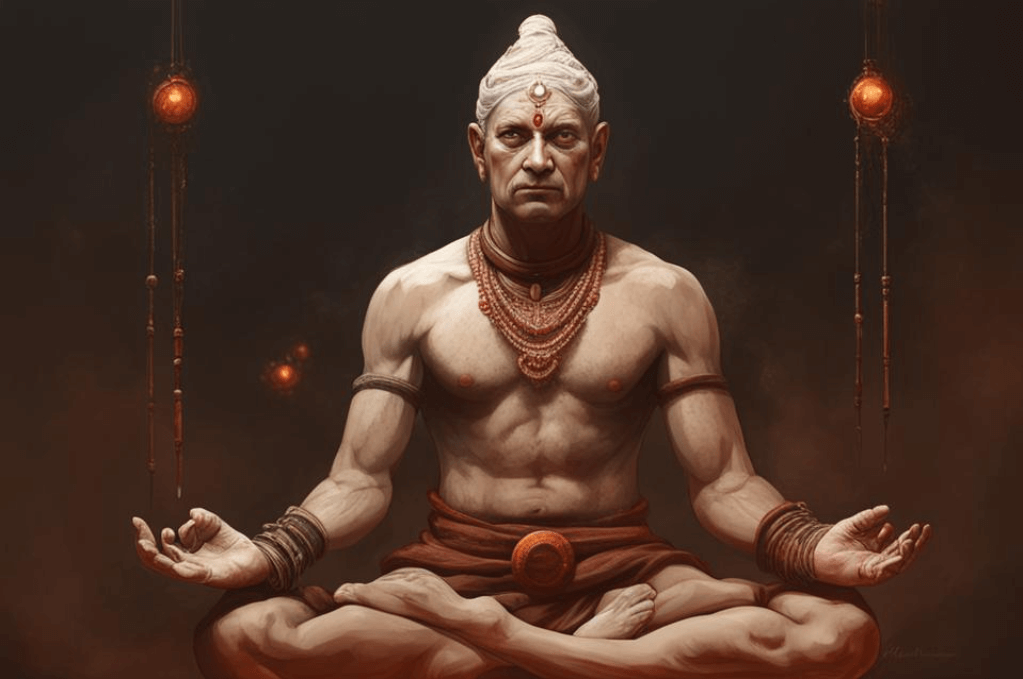
Pranayama is a key component of yoga practice that focuses on controlling and regulating the breath. It involves various breathing techniques that have a profound impact on our mental and physical well-being.
One popular pranayama technique is called Anulom Vilom, also known as Alternate Nostril Breathing. This technique involves inhaling through one nostril while closing the other, and then exhaling through the opposite nostril. It helps balance the energy in the body and promotes a calm and focused mind.
Another technique is Kapalabhati, which is also known as Skull Shining Breath. This involves forceful exhalations through the nose while keeping the inhalations passive. It helps cleanse the respiratory system, increase lung capacity, and invigorate the body.
Ujjayi Pranayama, or Victorious Breath, is another powerful technique. It involves breathing in and out through the nose while slightly constricting the back of the throat, creating a gentle, ocean-like sound. Ujjayi Pranayama helps calm the mind, reduce stress, and improve concentration.
Practicing pranayama regularly has numerous benefits. It helps increase oxygen supply to the body, improves lung function, and boosts the immune system. It also helps reduce anxiety and stress, promotes mental clarity, and enhances overall well-being.
It is important to practice pranayama under the guidance of a qualified yoga instructor, especially if you are a beginner. They can teach you the correct techniques and ensure you are breathing safely and effectively. With consistent practice, pranayama can become a powerful tool for self-care and inner transformation.
III. Mastering Mudra
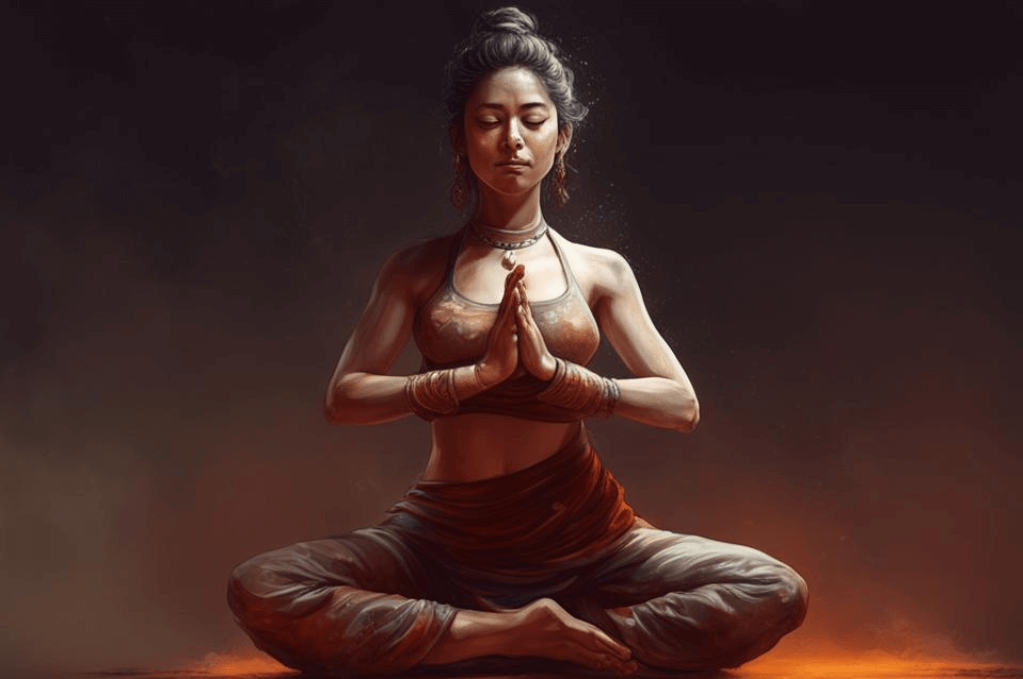
Mudras are hand gestures or positions that are used in yoga practice to enhance the flow of energy in the body. They can also help to focus the mind and deepen the connection between the body and the mind.
There are many different mudras, but here are three popular ones:
1. Gyan Mudra (Mudra of Knowledge): This mudra is formed by touching the tip of the thumb to the tip of the index finger, while keeping the other fingers extended. It is believed to improve concentration, memory, and wisdom.
2. Chin Mudra (Mudra of Consciousness): In this mudra, the tip of the thumb is brought to touch the tip of the index finger, while the other fingers are extended. It is said to promote a sense of calmness and inner peace.
3. Anjali Mudra (Salutation Seal): This mudra is formed by bringing the palms of the hands together in front of the heart, with the fingers pointing upwards. It is commonly used as a gesture of greeting, but in yoga, it is also used to connect with the divine and express gratitude.
To incorporate mudras into your yoga practice, you can hold them during asanas (yoga poses) or during meditation. You can also combine mudras with specific breathing techniques (pranayama) to enhance their effects.
Remember to practice mudras with awareness and intention, and allow yourself to experience the subtle shifts in energy and focus that they can bring.
IV. Understanding Bandha
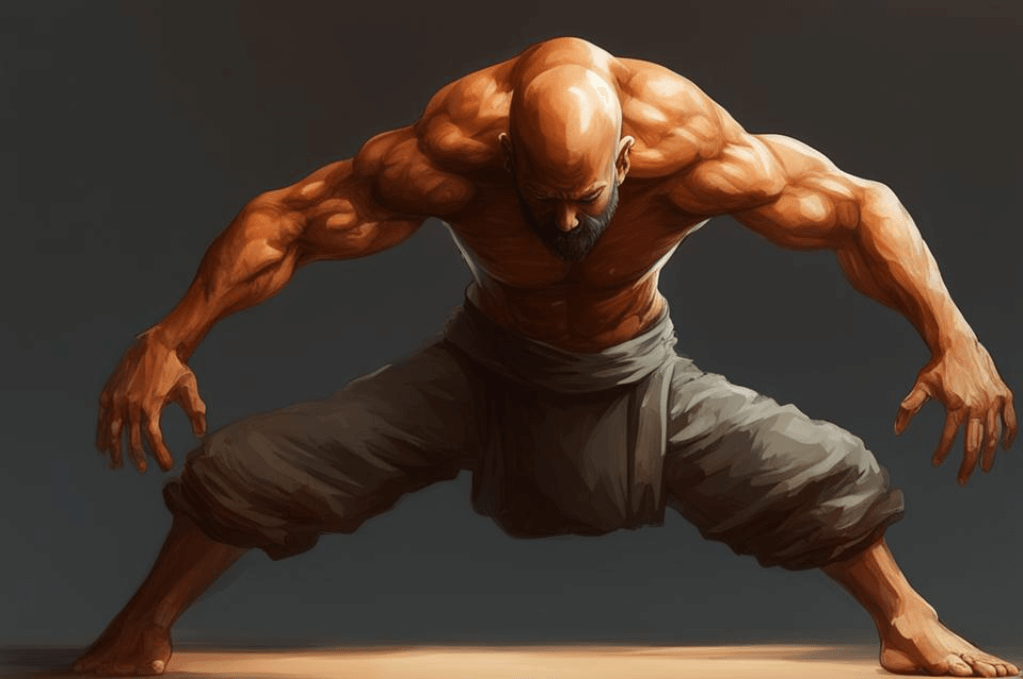
Bandha refers to the practice of engaging specific muscles and energy locks in the body during yoga practice. These locks help to channel and control the flow of energy, or prana, in the body. There are three main bandhas that are commonly used in yoga practice:
1. Mula Bandha (Root Lock): This bandha involves engaging the muscles of the pelvic floor, specifically the area between the anus and the genitals. It helps to ground and stabilize the body, while also directing the flow of energy upwards.
2. Uddiyana Bandha (Abdominal Lock): This bandha involves pulling the abdominal muscles in and up towards the spine. It helps to stimulate the digestive system, improve circulation, and increase energy levels. It also helps to create space in the chest and allows for deeper breathing.
3. Jalandhara Bandha (Throat Lock): This bandha involves lowering the chin towards the chest and pressing the tongue against the roof of the mouth. It helps to regulate the flow of energy in the throat and neck area. It also helps to stimulate the thyroid gland and improve communication between the mind and body.
Practicing bandhas correctly and safely is important to avoid any strain or injury. It is recommended to learn and practice bandhas under the guidance of an experienced yoga teacher. With regular practice, bandhas can enhance the benefits of asanas and pranayama, and deepen your yoga practice.
V. Combining Asana, Pranayama, Mudra, and Bandha
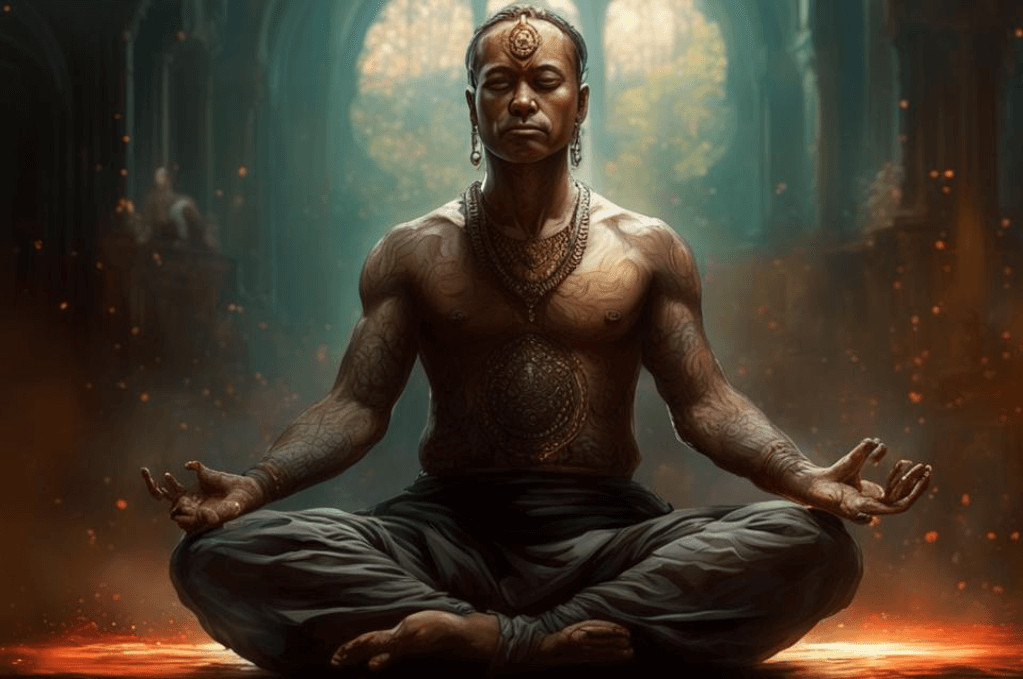
In simple language, combining Asana, Pranayama, Mudra, and Bandha means bringing together different aspects of yoga practice to create a complete and balanced experience.
Asana refers to the physical postures and movements in yoga. It helps to strengthen and stretch the body, improve flexibility, and promote overall physical well-being. By practicing Asanas, we can improve our posture, increase our energy levels, and develop a sense of balance and stability.
Pranayama involves various breathing techniques that help to control and regulate our breath. It helps to calm the mind, reduce stress, and increase our focus and concentration. By practicing Pranayama, we can improve our respiratory system, enhance our lung capacity, and bring balance to our body and mind.
Mudra involves hand gestures or positions that help to channel the flow of energy in the body. Each Mudra has a specific purpose and benefit. By practicing Mudras, we can stimulate different parts of the body, activate our energy centers, and enhance our mental and emotional well-being.
Bandha refers to the energetic locks or contractions of specific muscles in the body. It helps to redirect and control the flow of energy within us. By practicing Bandhas, we can strengthen our core muscles, improve our posture, and increase our overall vitality.
When we combine Asana, Pranayama, Mudra, and Bandha in our yoga practice, we create a holistic and transformative experience. By integrating these elements, we can enhance our physical, mental, and spiritual well-being. It allows us to cultivate a deeper connection with ourselves and experience a sense of harmony and balance.
To combine these elements, we can structure our yoga practice session by starting with a warm-up and stretching Asanas, followed by Pranayama techniques to regulate our breath. We can then incorporate Mudras to enhance our focus and energy flow, and finally, practice Bandhas to strengthen our core and control the energy within us.
For beginners, it’s important to gradually incorporate these elements into their practice. Start with simple Asanas, basic Pranayama techniques, and easy Mudras. As you become more comfortable, you can gradually progress to more advanced postures, breathing techniques, and hand gestures.
By combining Asana, Pranayama, Mudra, and Bandha, we can create a well-rounded yoga practice that nourishes our body, mind, and spirit. It allows us to experience the transformative power of yoga and embark on a journey of self-discovery and inner growth.
VI. Conclusion
In conclusion, Asana Pranayama Mudra Bandha is a comprehensive guide to yoga practice that covers all the essential elements – Asana, Pranayama, Mudra, and Bandha. By understanding and incorporating these elements into your yoga practice, you can experience numerous physical and mental benefits.
Asanas help to strengthen and stretch the body, improving flexibility and balance. Pranayama techniques focus on breath control, promoting relaxation and reducing stress. Mudras are hand gestures that enhance focus and energy flow. And Bandhas are energy locks that help to channel and control the flow of energy within the body.
By combining all these elements in your yoga practice, you can create a holistic and transformative experience. Whether you are a beginner or an experienced practitioner, this guide provides step-by-step instructions and tips to help you master each element.
Remember to start with warm-up exercises and basic asanas if you are a beginner, gradually progressing to more advanced poses. Incorporate different breathing techniques and mudras into your practice to enhance the benefits. And learn the correct techniques for practicing bandhas to ensure safety and effectiveness.
By integrating all these elements, you can create a well-rounded yoga practice that not only improves physical fitness but also brings peace and clarity to the mind. So, embark on your yoga journey using Asana Pranayama Mudra Bandha and experience the transformative power of yoga in your life.







